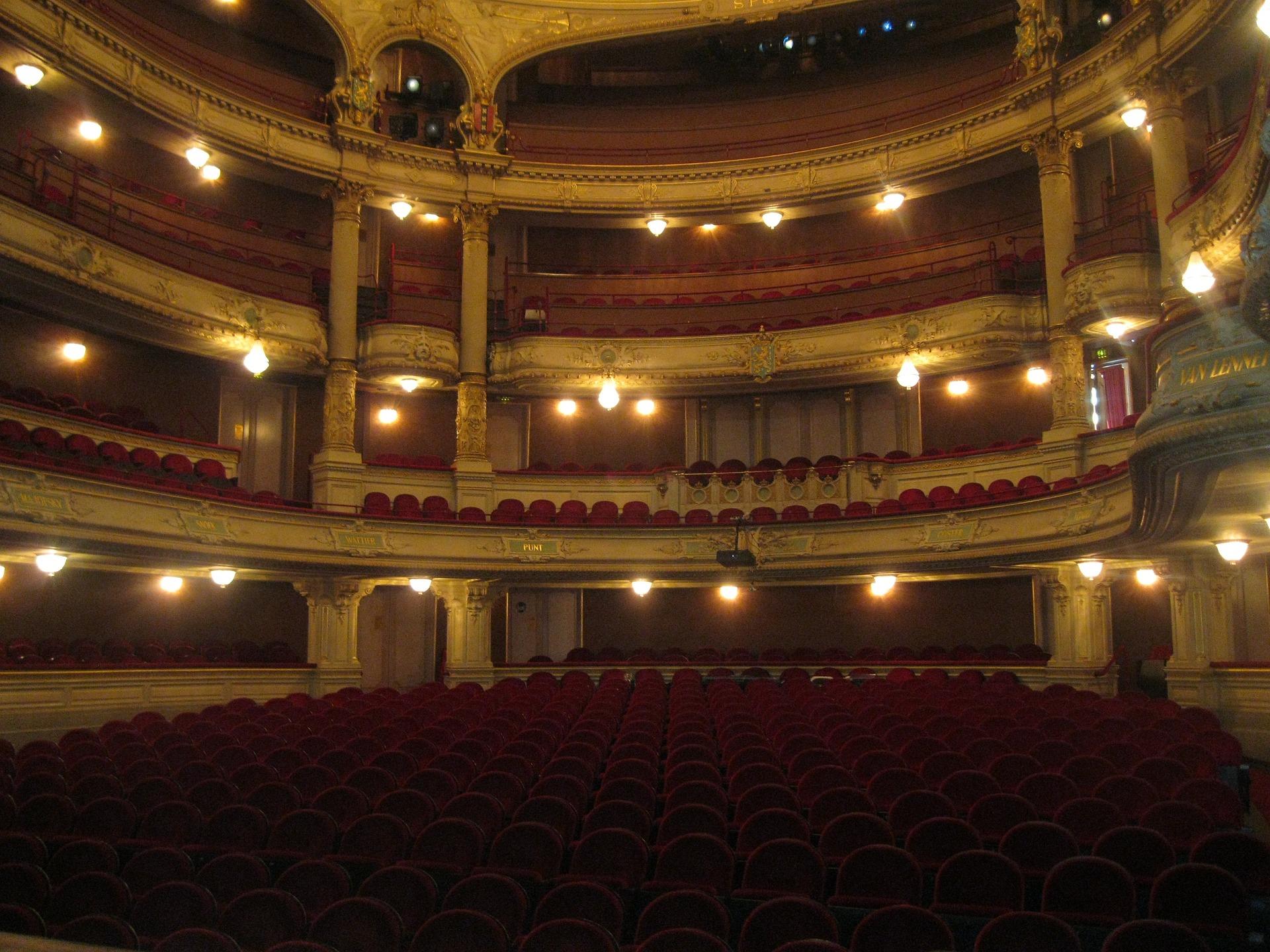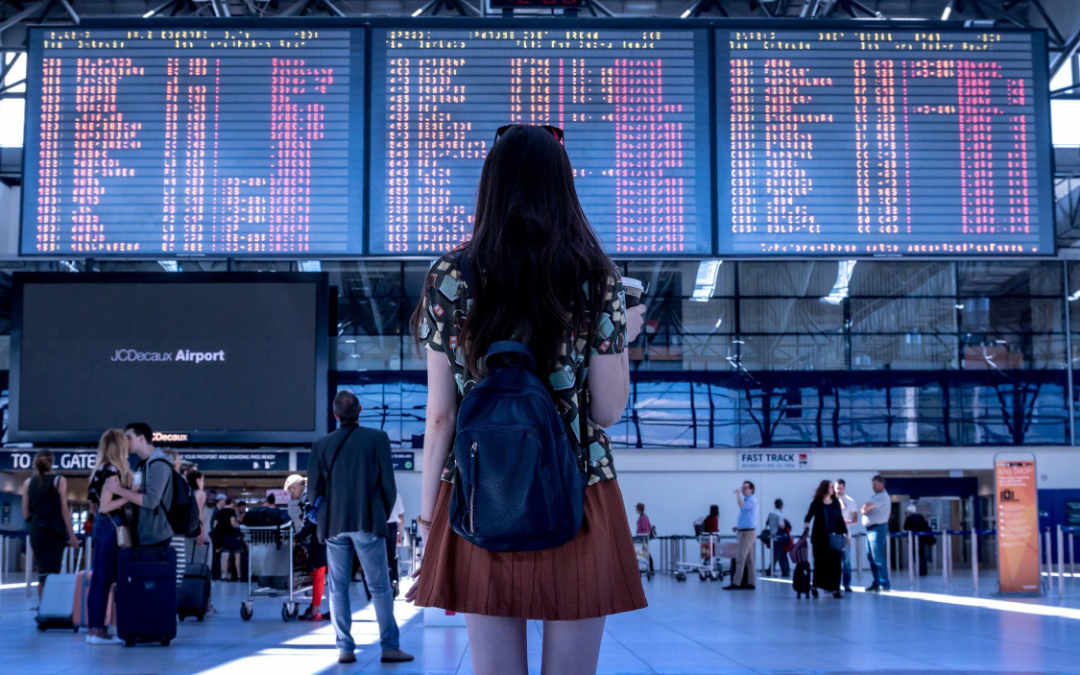Immersive Digital Art Experiences: Reshaping Artistic Engagement
Introduction: Step into the surreal, vibrant world of digital art. Immersive installations are transforming the way we interact with art, offering a dynamic, multi-sensory experience that goes beyond passive viewing. Let's delve into this exciting world and explore how digital art is reshaping the cultural landscape.

An Excursion into the Past
Immersive digital art installations are a unique blend of technology and artistry. Their roots can be traced back to the advent of video art in the 1960s and the rise of installation art in the 1970s. Artists noticed the potential for technology to create interactive experiences, blurring the line between observer and participant. The emergence of digital technology in the 21st century opened new avenues for artistic exploration, allowing artists to create immersive, interactive environments.
The Dawn of Digital Art Immersion
In recent years, immersive digital art has taken the world by storm. Pioneering collectives like TeamLab and artists such as Marshmallow Laser Feast have pushed the boundaries of artistic expression, creating multi-sensory installations that envelop the viewer in a digital universe. These breakthroughs have caught the attention of the global art community, leading to the rise of digital art spaces like London’s Otherworld and Tokyo’s Mori Building Digital Art Museum.
The Impact and Reception
The impact of immersive digital art has been profound. It’s not just about the visual spectacle; these installations offer a transformative experience that taps into multiple senses. There’s a sense of wonder and curiosity that comes with stepping into these digital landscapes, which often react to the viewer’s presence in real-time. Critics and viewers alike have embraced this fresh approach to artistic engagement, praising its ability to make art accessible and exciting for a broader audience.
The Present State and Future Projections
Today, immersive digital art is more relevant than ever. Amidst the COVID-19 pandemic, artists and galleries have turned to digital platforms to engage audiences at home. This trend is likely to continue post-pandemic, given the rising interest in virtual and augmented reality technologies. Looking ahead, we can expect to see more innovation and experimentation in this field, as artists continue to push the boundaries of what’s possible in the digital realm.
The Significance of Immersive Digital Art
Immersive digital art offers a unique and powerful way to engage with art. It challenges traditional notions of artistic experience, inviting viewers to become active participants rather than passive observers. By merging technology and creativity, artists are creating new avenues for storytelling and expression, reshaping our understanding of what art can be.
In conclusion, immersive digital art represents a vibrant and dynamic facet of the contemporary art scene. As we continue to explore this exciting realm, one thing is clear: the future of art is interactive, immersive, and profoundly engaging.




